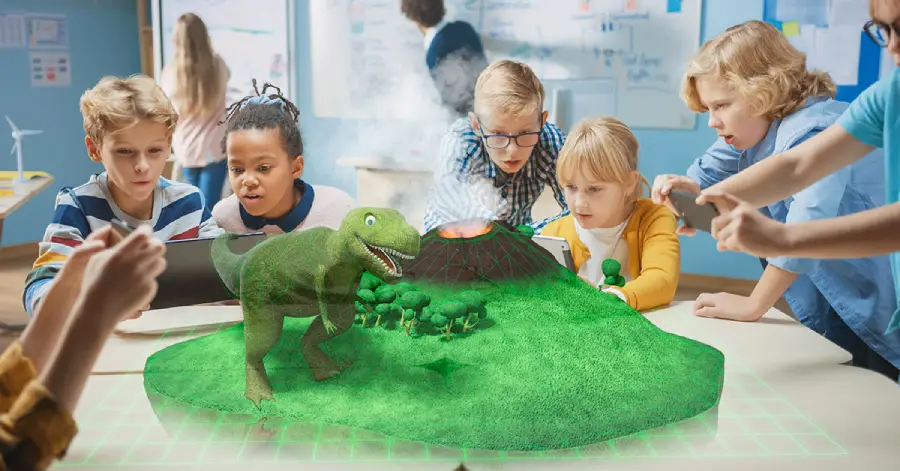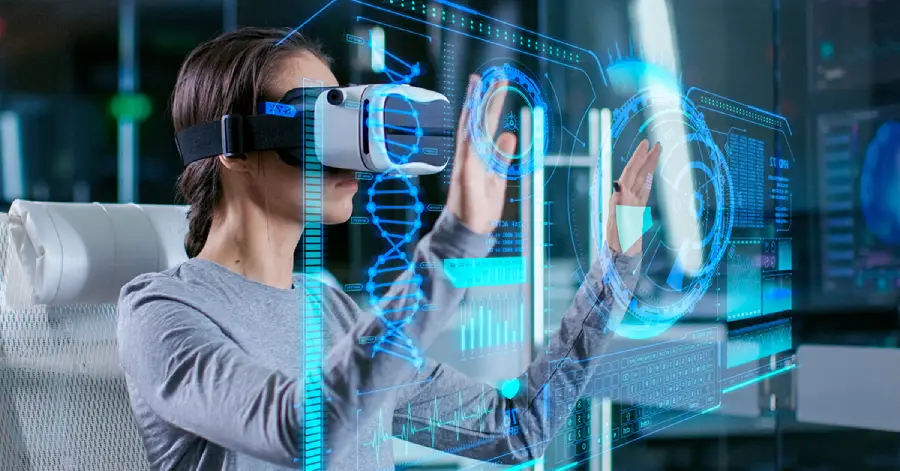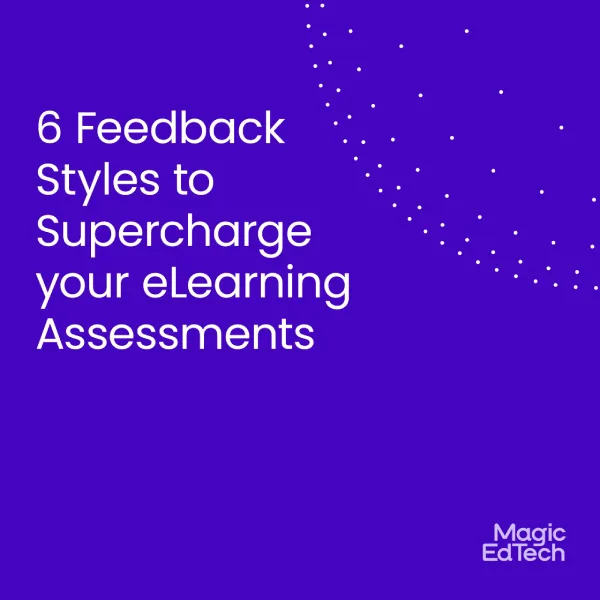The Ultimate Guide to Virtual Labs
- 4 January, 2022
- Reading Time: 5 minutes
What are Virtual Labs?
Wondering if a virtual lab is a good fit for you and your classroom? Then you’ve come to the right place. First of all, a virtual lab, or immersive learning experience, is a visual simulation that is most effective in the science and engineering fields. They are high-interest scenarios and experiments for students to get hands-on experiences with scientific tools virtually. These immersive learning experiences are designed to allow students to practice their lab skills in a virtual environment.
Experiential learning is most effective in the science and engineering fields where experiments and hands-on activity take place most frequently. While this is a daunting idea, hopefully, this will help ease your mind and help you decide what is best for you and your students.
The Pros of Virtual Labs
Simulations Provide Real Life Scenarios
Simulations in virtual labs provide access to students using real life scenarios. First of all, students can practice different skills that are necessary for a practical, hands-on lab before actually putting their hands on expensive equipment. They can then in turn take those practical skills to a physical lab experiment based on their virtual lab experience. Students may even be able to get a better understanding of their results virtually.
Euan Douglas and Ramrajiv Rajendram explain that in a lab simulation students were better able to understand how to use a thermometer when measuring the boiling point of five separate alkanes better than using the actual thermometer.
Secondly, when using a virtual lab, students are also able to see how different apparatuses are supposed to work before trying the physical apparatus in class.
Imagine that students are looking at different chemical reactions. Students can practice using the different compounds and see how they are supposed to interact before physically putting the compounds together. Then if the compounds do not act that way when the students physically put them together, they will know something is wrong and be able to work out how to fix the problem.
Lastly, students will most likely be using some type of immersive learning or training for their jobs post-secondary. For example, firefighters, doctors, and even electricians can use a virtual lab to practice their craft, so using a virtual lab will make them more comfortable using that type of technology in the future.
Special Equipment Access Gained in Virtual Labs
Using experiential learning provides students with access to the most up-to-date tools. Schools can even use these simulations to give students practice with devices that they may not otherwise have access to within their schools or budgets.
Virtual labs also keep students safe. They can practice dissection and other more dangerous activities while not cutting or endangering themselves. In Biology classes, students can dissect larger animals that they may not be able to have within the physical classroom. Physics students can experiment with apparatus that they don’t have at school or that are more advanced.
Immersive Learning Adds Flexibility
One of the biggest pros of using virtual labs is flexibility, especially in a post-pandemic world. With students being quarantined for long periods of time, the use of a simulation can allow students to keep pace at home with their classmates who are in school. They can even still collaborate with their classmates on projects because they will have access to the same information and tools.
Students also work at different rates, so instead of having one teacher who is constantly being called from one student or group to another, the simulation can also help students figure out their questions and problems. This can free up the teacher to be more hands-on with students who need extra help instead of feeling constantly pulled around the room and feeling like they haven’t helped everyone.
The Considerations of Virtual Labs
Virtual Labs May Lack Human Connection
Envision walking into an engineering class to see each student on their own device, fully engaged with the immersive learning experience on their own device. While it is great to see them invested in what they are doing, there is a lack of connection and communication with their classmates.
For students who are already overly invested in technology, virtual labs don’t allow for in-person connection as much as working on a physical experiment or project in class. Teachers can combat this in numerous ways including group work and connecting with others by commenting or even connecting with students around the globe.
Simulations Have a Steep Learning Curve
Like any new piece of technology, there is a learning curve. Teachers, as well as students, have to learn how to use these simulations. And in a technology-driven world, it can feel like one more thing for teachers to learn in order to be able to share it with their students. This idea can be intimidating for both teachers and students, but working together with colleagues, other students, and your IT department can make the transition easier.
Immersive Learning Still Needs Hands-on Learning
While allowing students to get their hands on materials and experiments that may not be accessible within the classroom, they may miss out on learning how to use those everyday tools within the classroom. For example, weighing different objects and amounts in person shows students not only how to weigh them but also what that amount or object feels like. Rocks and minerals while weighing the same may be larger or smaller in size than another with the same weight.
So, if you are planning on using virtual labs, you should identify the skills necessary for students to be able to use in the classroom and the future and then make sure you work on those skills outside of a virtual lab.
Conclusion about Virtual Labs
In conclusion, I hope these pros and cons give you a better idea of what virtual labs are and whether or not they are right for you.
Considering a textbook company or technology provider who offers virtual labs? Do you have experience with virtual labs? Do you have any pros or cons to add to the list? Any advice or tips for teachers considering using an immersive learning experience for the first time?
Send in your ideas and thoughts on our Twitter handle: @magicedtech.






